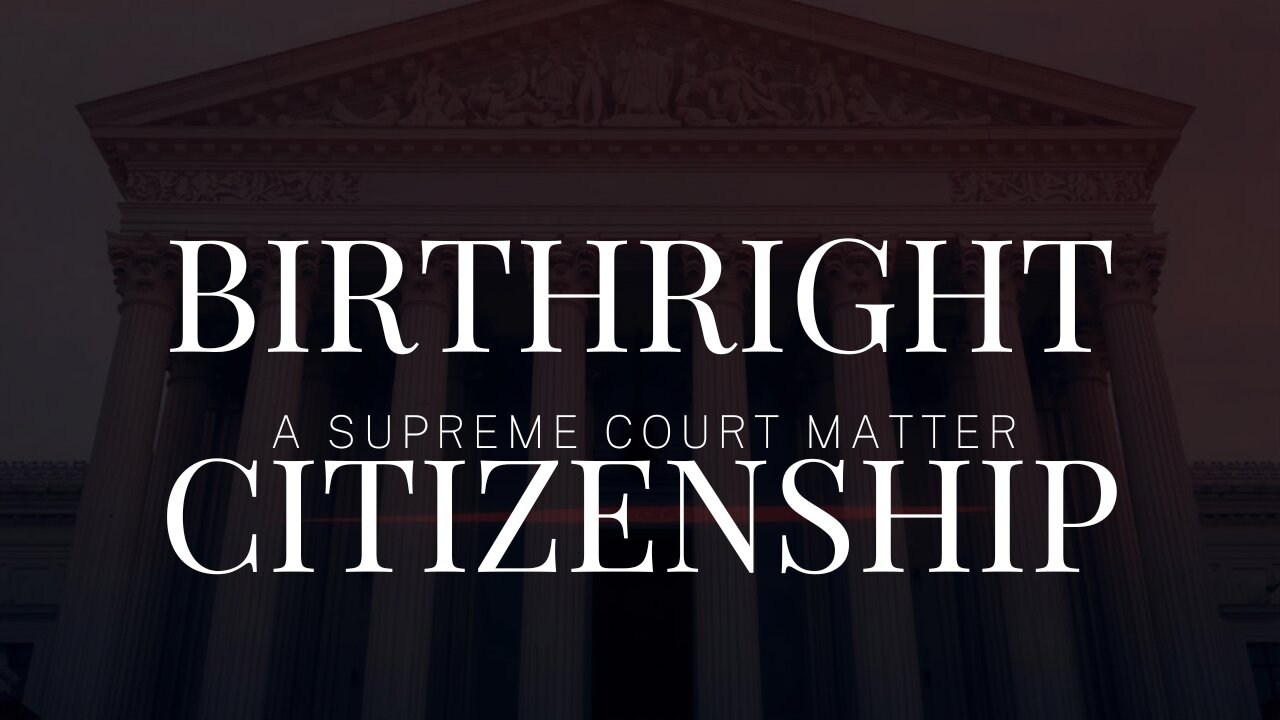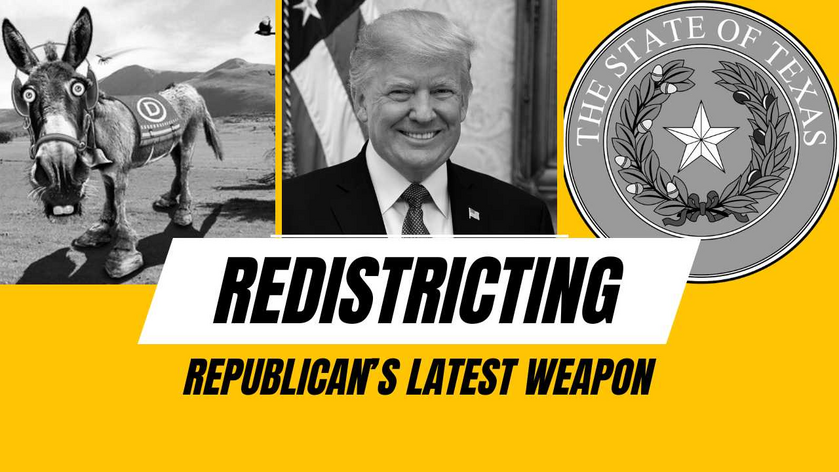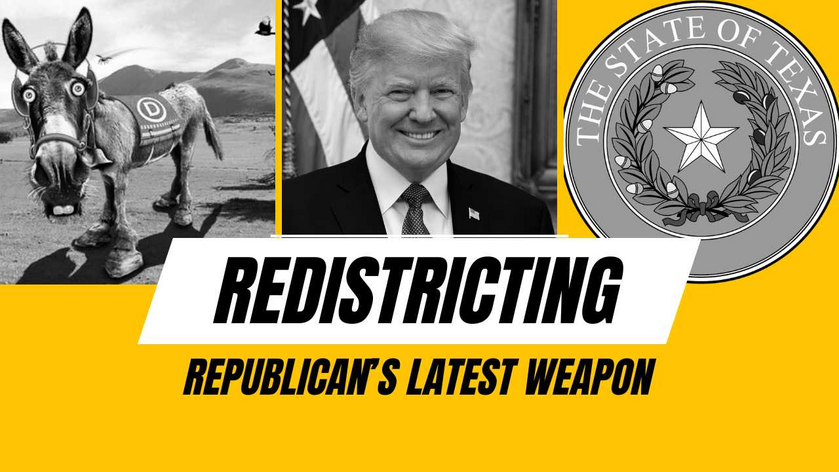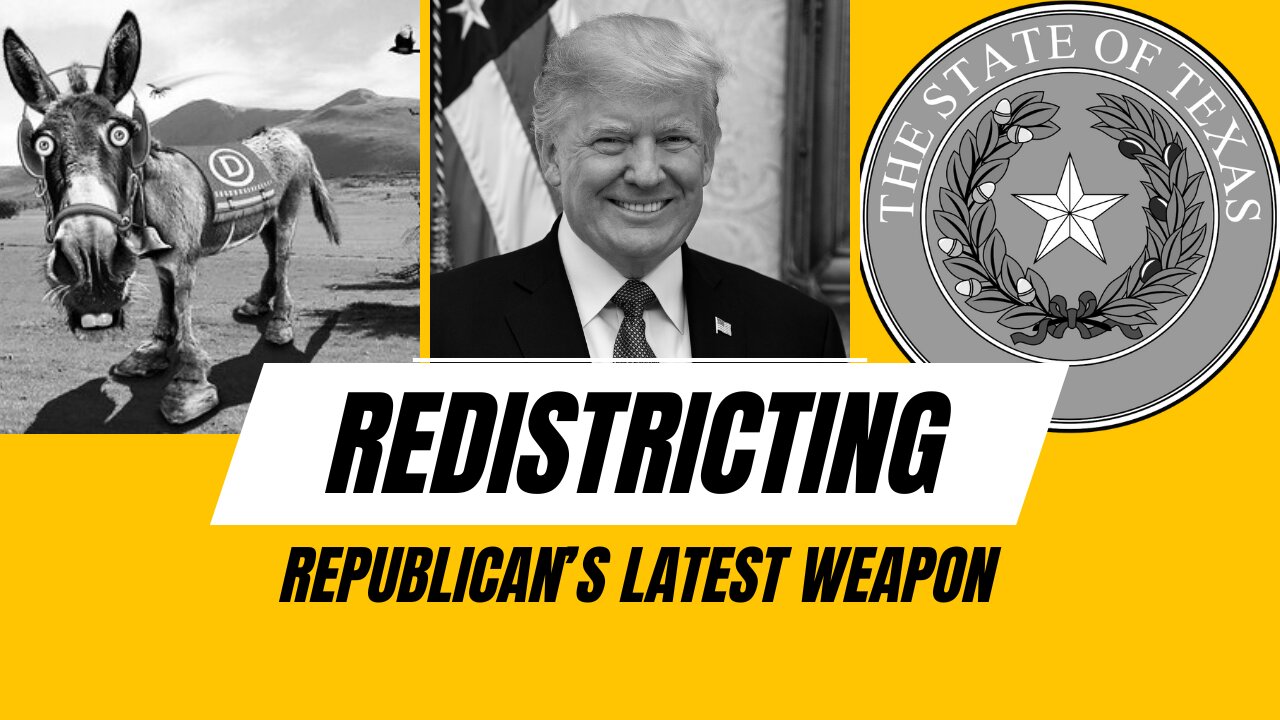Last night, the Liberal Party of Canada chose a new leader, after Prime Minister Justin Trudeau made his resignation official. This new prime minister, Mark Carney, is if anything worse than Trudeau ever dreamed of being. Thus far Carney reserves his fire for U.S. President Donald J. Trump, as their two countries start a trade war. But sadly, Carney will have most Canadians behind him – except in one particular province. If recent rumors are true, Alberta might petition the U.S. Congress to admit it as a State. This will provoke the greatest constitutional crisis Canada has ever faced – greater even than an earlier provincial separatist threat.
Who is Mark Carney, and what does his accession mean for Canada?
According to The Calgary Herald, Mark Carney won election as Liberal Party Leader and Prime Minister of Canada last night. He garnered 86 percent of a total vote of almost 152,000. (Canada has a population of about 41 million, slightly larger than that of California.)
Carney has never before held elected office. He has, however, served as a governor of the Bank of England and the Bank of Canada. The Gateway Pundit reports that he also was a former executive of Goldman Sachs. (Source: the New York Post.)
Carney grew up in what was then the Northwest Territory – and is now part of Inuit Nunaangat (“Eskimoland”). His “woke” politics likely show it. Clearly he has no love lost with the United States. In commenting on Donald Trump’s quip about Canada becoming “the fifty-first State,” Carney said:
When you think about what’s at stake in these ridiculous, insulting comments of the president, of what we could be, I view this as the sort of Voldemort of comments. Like I will not even repeat it, but you know what I’m talking about.
Lord Voldemort, or He Who Shall Not Be Named, killed Harry Potter’s parents and tried to kill him in the backstory of J. K. Rowling’s novel cycle featuring the latter character.
Carney continued in that vein:
Canada will not bow down to a bully. In the trade war – just like in hockey – we will win.
And the electorate now seems firmly behind him, a thing no one would have predicted a few months ago. The Beeb reported yesterday that the Conservative Party (Tories) are far less likely to win. First, Justin Trudeau, believing he personally had become the issue, resigned. Second, Donald Trump hasn’t let up on his determination to seek an accounting for decades of American trade concessions.
Canada wants to “survive,” but how?
Donald Trump addressed American feelings, not Canadian. But Canadian feelings about “existential threats” now run high. The Beeb reports that Canadians, on their own, are “boycotting American goods” and canceling planned American vacations. The Tories have abandoned their earlier pitch about Canada being “broken,” because that might sound unpatriotic.
Carney might call a snap election, to test the fever pitch of apparent patriotic fervor. Trudeau wouldn’t have dared – but perhaps that’s why Trudeau resigned.
The Tories have started to make an issue of Carney’s loyalty to Canada. Among other things, they observe that Carney will make no financial disclosures. So, TGP asks, for whom is he working? For his nominal country – or for the World Economic Forum? Not to mention the Global(ist) Banking Cartel, of which Goldman Sachs is a longtime member?
But for his part, Carney makes a criticism of Tory leader Pierre Poilievre (PAW-lee-EV) that might seem counterintuitive:
He is the type of lifelong politician — and I’ve seen this type around the world — who worships at the altar of the free market despite never having made a payroll himself. Unlike Pierre Poilievre, I’ve actually worked in the private sector. I know how the world works, and I know how it can be made to work better for all of us.
Poilievre, a native son of Alberta, recently embarrassed a reporter who challenged him on Donald Trump’s executive order on gender. According to that EO, America recognizes two genders – only. A reporter for Canadian Television asked the Tory leader about that. He answered with a question:
Do you have any other genders you’d like to name?
That took the reporter flat aback, and he never really recovered. But if Poilievre has retreated on his opposition to Trudeau’s economic policies, will he retreat on this also?
Relationship of Alberta
Alberta Province has had strained relationships with the rest of Canada for nearly six years. In 2019 a United Conservative Party (a merger of Albertan Tories and the Wildrose Party) ousted the leftist New Democrats. Jason Kenney took over as Prime Minister, and within a year was making a splash. The coronavirus “pandemic” supervened, and Kenney initially went along with things like vaccine passports. But trouble began almost at once, after a leading pathologist declared COVID-19 “the greatest hoax ever perpetrated on an unsuspecting public.”
In January 2022, someone in the Alberta government published – briefly – the admission that more than half of all persons dying of coronavirus vaccine side-effects were counted as unvaccinated. Shortly thereafter, the Freedom Convoy protest took place. In February 2022, Mr. Kenney revoked the vaccine passport regulations. Also that month, he filed a legal challenge to the Trudeau government’s use of the Emergencies Act confiscate truckers’ assets.
By the fall of 2022, Kenney realized he was losing ground to the New Democrats. So he let another leader take over: Danielle Smith. She won election handily, and has been a thorn in Trudeau’s side ever since. On her first day she swore to end discrimination against unvaccinated persons. Two days later she declared an end to any agreements with the World Economic Forum.
A year later she nullified Canadian federal “clean energy” regulations. Thirteen months ago, she forbade the surgical mutilation or hormonal poisoning of children – and barred men from women’s sports.
A separatist movement
While all these political upheavals have been happening in Alberta, a separatist movement has quietly taken shape. This is at least as old as July of 2019 – when then-Premier Kenney himself talked about it. Canada’s Centre for Constitutional Studies (CCS) laid out a legal and Constitutional pathway for provincial secession. This happened after the 1995 narrow defeat of a secession resolution in Quebec Province.
Quebec had even stronger reasons to secede than Alberta has – they don’t even speak the same language. The only English anyone can read is in major cities (like Montreal) and a few kilometers out along the highways leading into and out of them. Even then, French, not English, is the primary language.
So if that province did not secede, what change has Alberta? In fact, the CCS said flatly that Canada would have to amend its Constitution! Nevertheless: according the Clarity Act of 2000, if a referendum for secession in Alberta wins in a landslide, talks begin.
Unfortunately, the Federal House of Commons would have to determine whether a secession referendum made a “clear” enough expression of secessionist sentiment. They could decide not to let Alberta go, even in the face of overwhelming evidence. But Albertans could then start a “let us go, and we’ll be out of your hair” campaign.
Measuring secessionist sentiment
Successive polling on secession has yielded interesting results. In April 2020, Common Ground reported that 29 percent of their sample favored secession. This sentiment was stronger among males, whites, and in rural areas. It was also stronger the longer anyone had lived in Alberta.
In May 2023, Forbes reported on more recent findings. They reported 21 percent of Albertans wanting out of Canada – and 20 percent of Canadians wanting the same for themselves.
In January 2024, Premier Smith talked openly of, if not separation, then definitely greater autonomy for Alberta. By then, separatist sentiment ran at 27 percent for the 18- to 34-year-old crowd. The outlet calling itself The Conversation took note then of an urban-rural divide and other influences that could push Alberta separatism to majority acceptance.
That was more than a year ago. Perhaps separatist sentiment cooled when people expected the Tories to sweep the unpopular Liberals aside. But apparently that’s not going to happen. So last week, Jeffrey Rath, an Alberta lawyer, led a “delegation” to Washington, D.C. Their mission: to discuss admission of Alberta as a State within the United States.
In an interview with The Western Standard, Rath, head of the Alberta Prosperity Project, shared his reasoning:
[In Ottowa, capital of Canada, politicians] don’t even know where their energy comes from. These people actually think that we can cut off the oil to the United States, without realizing that all the oil that goes into eastern Canada comes up through from the States through Line 9. So that by cutting off Alberta oil to the states, they're the ones that are literally going to be cutting off oil to Ontario.
That was the start. Rath also has no patience with Tory leader Poilievre.
Poilievre will never admit Trump is right, because there are so many people in Toronto and Quebec that suffer from Trump derangement syndrome that he knows that if he were to say anything about Trump being right, he would never get elected, and then we'd end up with Mark Carney as prime minister. So, with Poilievre, we're really just looking at more of the same.
How Alberta might secede
As mentioned, the pathway for Alberta to leave Canada depends on how badly Canada wants to hang onto Alberta. Canada’s Overton Window coincides with American Democratic Party sentiment. But in Alberta that window is far to the right of that even for Canadian Tories. Commentators have often made light of separatist sentiment in Alberta. But even twenty percent sentiment is not five. Furthermore, Mark Carney is going to become the next Prime Minister of Canada. He could call a snap election and broaden his majority even more. This could embolden him to do exactly as Jeff Rath predicts: move to “cut off oil to the United States.”
Trump’s rejoinder will, of course, be to drill domestically, and offshore. People in Alberta will notice – and then that province could call a referendum on secession. (They haven’t yet, notwithstanding rumors to the contrary.) In contrast to the long and involved process in Canada, Congress may, with a majority in both chambers, admit Alberta. This would correspond exactly to the Lokal Profil Jesusland Map – with Alberta added to the United States.
And, contrary to earlier assessments, the result could be two more Republican Senators. Alberta would also likely get six House seats, which other States would lose.
What happens to Canada?
If Alberta secedes, its oil becomes United States oil, and flows to the rest of the States. Whether any oil flows into Ontario Province, depends on Canadian tariff policy. Canada should have built a pipeline or two from Alberta eastward. They never did – and if Alberta leaves, they won’t be able to if they want to.
Trump might not be so quick to push to annex the rest of Canada – at least, not yet. In fact he has offered Greenland billions of dollars in new investment if its people consent – or vote – to become a U.S. territory. If they do, America gets another Arctic beach to build a Naval base, in addition to direct rare-earth mineral access.
Many observers predict that Canada’s economy would collapse. If that happens, Canadian attitudes might change – radically. But that kind of change usually waits for the bad effect to take place. Until that happens, Canadians will remain stubborn.
In sum, the election of Mark Carney has caused an escalation in a civilizational conflict between America and Canada. No doubt that conflict will remain bloodless, because neither side has any appetite for settling a trade war by force. But our northern neighbor has a weak spot, and its name is Alberta. The question is whether Donald Trump knows it, and how hard he’ll press it.
Link to:
The article:
https://cnav.news/2025/03/10/accountability/executive/new-canada-prime-minister-lose-province/
Video:

Trump’s gender-related executive order:
CCS describes pathway to Alberta separation:
Videos: Jeff Rath describes his delegation to Washington to explore admission to the U.S.:
Declarations of Truth:
Declarations of Truth Locals Community:
https://declarationsoftruth.locals.com/
Conservative News and Views:
Clixnet Media























